
Gretchen McNally PhD, ANP-BC, AOCN, spotlights the value that naloxone training for oncology nurses and providers could have for patients who are at a high-risk of overdose.

Gretchen McNally PhD, ANP-BC, AOCN, spotlights the value that naloxone training for oncology nurses and providers could have for patients who are at a high-risk of overdose.
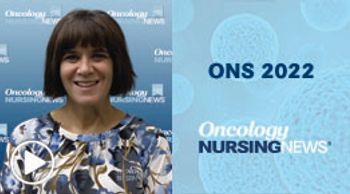
Ilene Galinsky, BSN, MSN, ANP-C, underscores effective symptom management strategies when prescribing venetoclax to patients with acute myeloid leukemia.

Laura J. Zitella, MS, RN, ACNP-BC, AOCN, presents a case study of a patient receiving chemotherapy for osteosarcoma who begins experiencing shortness of breath.
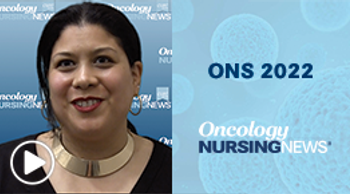
Aliènne Salleroli, MS, BSN, RN, OCN, underscores the importance of open dialogue surrounding diversity, equity, and inclusion in oncology leadership.

Ilene Galinsky, BSN, MSN, ANP-C, senior leukemia protocol research nurse practitioner at Dana-Farber Cancer Institute, underscores key prescribing considerations with venetoclax.

Jamie Myers, PHD, RN, AOCNS, FAAN, discusses how getting involved in nurse-specific organizations helped advance her professional career.
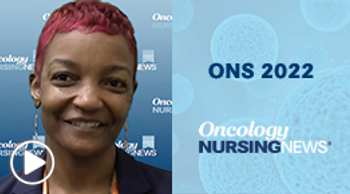
Stephanie Jackson, DNP, MSN, RN, AOCNS, BMTCN, discusses how collaboration between an oncology unit and discharge lounge can improve discharge times for patients who have undergone stem cell transplantation.

Brianna Lutz, MSN, RN, OCN, discusses a red-and-green dot hourly column that shows which patients with cancer have been attended to in the past hour.

Patricia Jakel, RN, MN, AOCN, discusses burnout and compassion fatigue in acute oncology care.
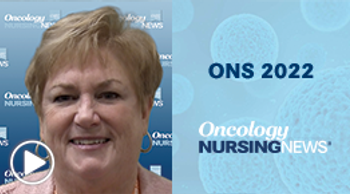
Kate Sandstrom, MSN, APRN-BC, AOCN, discusses the importance of including the radiation oncology team in a patient’s long-term care plan.

Jessica MacIntyre, ARNP, NP-C, AOCNP, discusses empowering oncology nurse navigators to refer patients undergoing chemotherapy or radiation therapy to nutrition services.

Laura Zitella, MS, RN, ACNP-BC, AOCN, discusses third-line treatment options for patients with diffuse large b-cell lymphoma.

Point-of-use shower filtration may be an effective strategy in reducing waterborne pathogens and protecting patients who underwent stem cell transplant from infection.

Specialty nurse practitioners can help tailor pain management programs for patients with sickle cell disease and decrease hospital stay times.

The framework for establishing equity, diversity, and inclusion throughout oncology nursing already exists within the standard for health and safety, explains Aliènne Salleroli, MS, BSN, RN, OCN.
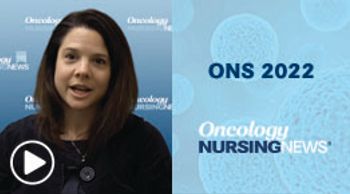
Michelle Mollica, PhD, MPH, RN, OCN, of the National Cancer Institute, discusses how childhood cancer survivors may face different challenges than adult or geriatric patients.

Ilene Galinsky, BSN, MSN, ANP-C, senior leukemia protocol research nurse practitioner, at Dana Farber Cancer Institute, discusses how treatment for patients with acute myeloid leukemia has evolved in recent years.

Courtney Arn, APRN-CNP, a nurse practitioner comments on the recent approval of pembrolizumab for patients with MSI-H/dMMR advanced endometrial carcinoma.

Caitlin Benda, MBA, MS, RD, CSO, LDN, a clinical oncology nutritionist supervisor at American Oncology Network, comments on different ways oncology nurses can assist patients in reaching their overall caloric intake.
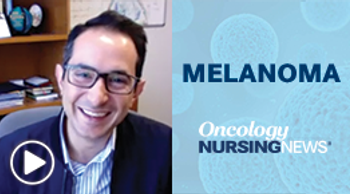
Hussein A. Tawbi, MD, PhD, principal investigator of the phase 2/3 RELATIVITY-046 trial, highlights the importance of relatlimab/nivolumab’s recent FDA approval in melanoma.

Charles E. Geyer, MD, FACP, discusses dosing strategies and adverse event management with olaparib.
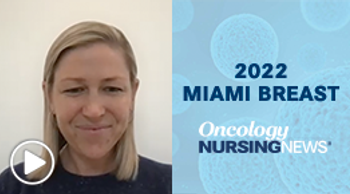
As prognoses continue to improve, concerns about treatment-associated fertility risks are becoming more prevalent and are often a topic of discussion between patients and their nurses or nurse practitioners.
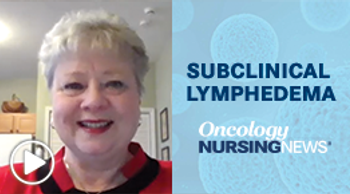
Sheila L. Ridner, PhD, RN, FAAN, provides an overview of bioimpedance spectroscopy and how the simple design allows for standardized subclinical lymphedema surveillance in breast cancer survivors.

Lindsay Kroener, MD, offers an overview of current fertility preservation options for patients about to undergo cancer therapy.

Ahead of his presentation at the 39th Annual Miami Breast Cancer Conference, Charles L. Loprinzi, MD, highlights some non-estrogenic approaches to hot flash management for patients with breast cancer.
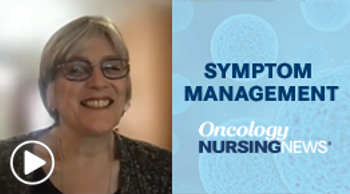
Heidi Donovan, PhD, RN, comments on principles of symptom management that she believes need to be better implemented in clinical practice—particularly for patients with ovarian cancer.
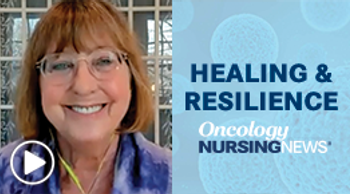
Janice Post-White, PhD, RN, FAAN, an oncology nurse and caregiver, discusses how she handled the guilt she felt following her son’s leukemia diagnosis.

A licensed clinical health psychologist with Allegheny Health Network discusses fully integrated behavioral health programs and how their design alleviates potential barriers to care that patients may experience.
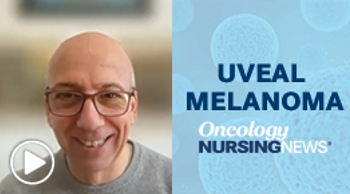
Tebentafusp, the first FDA-approved treatment option for patients with unresectable or metastatic uveal melanoma, may cause mild cytokine release syndrome, an expert explains.

An expert discusses the consequences of cisplatin-induced hearing loss and ongoing research efforts to eliminate this associated risk for children receiving the treatment.